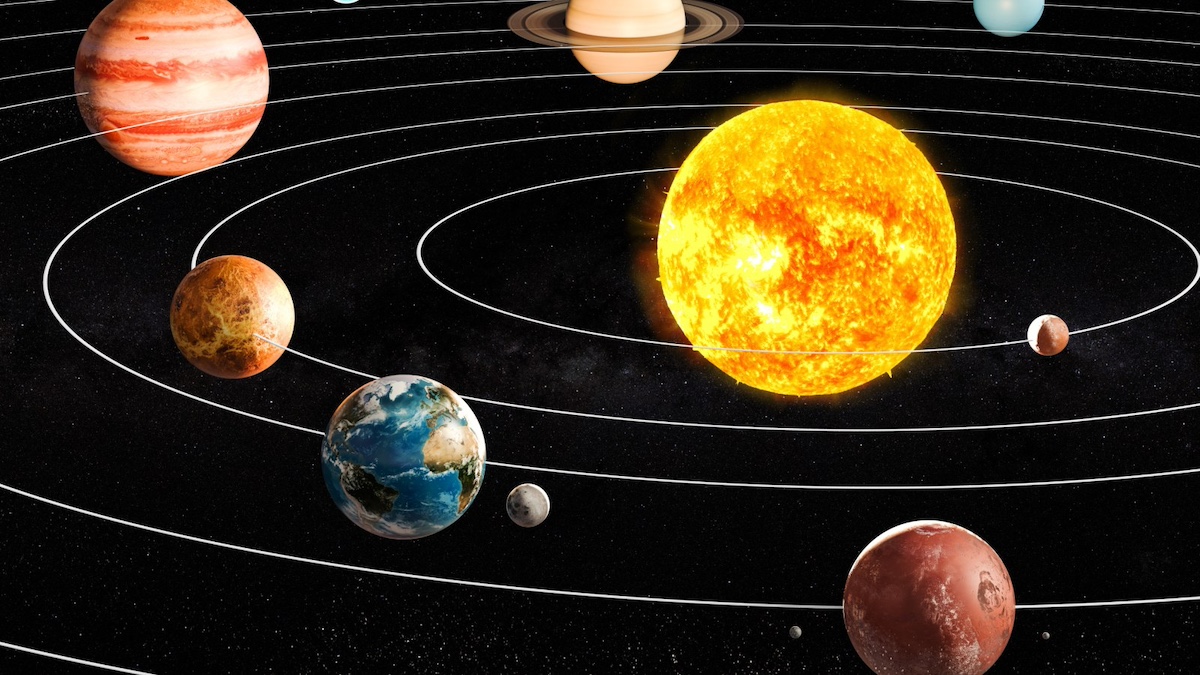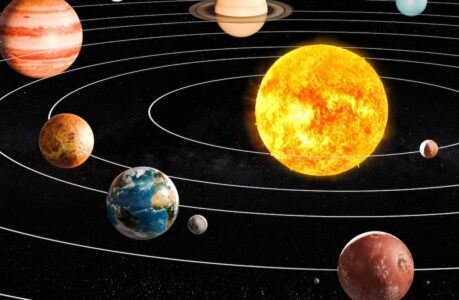Are you fascinated by the night sky and the wonders of our solar system? If you’re in Ireland, you’re in for a treat! Ireland offers a unique vantage point for observing the different planets in our solar system. In this comprehensive guide, we will delve into the specifics of how and when you can observe these celestial neighbors, providing you with a celestial calendar, the best practices for stargazing and an introduction to the basic equipment you need to observe the Planets from Ireland
Understanding the Basics
Before we embark on our celestial journey, it’s essential to have a fundamental understanding of the planets we will be observing. Our solar system consists of eight planets, divided into two main categories: the inner planets (Mercury, Venus, Earth, and Mars) and the outer planets (Jupiter, Saturn, Uranus, and Neptune). Each of these planets has distinct characteristics and orbits around the Sun at different distances.
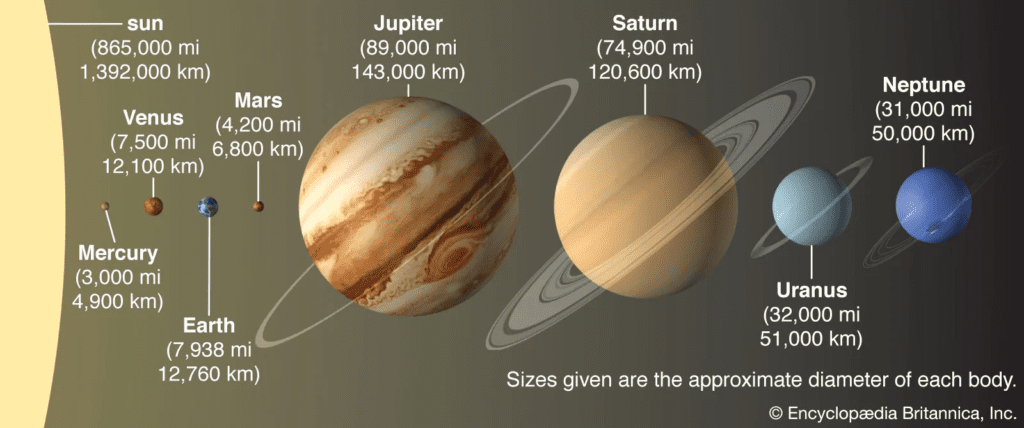
The Inner Planets
- Mercury: Being the closest planet to the Sun, Mercury is a challenging target for observation from Earth due to its proximity to the Sun’s glare. It’s often seen during twilight hours near the horizon.
- Venus: Known as the “Evening Star” or “Morning Star,” Venus is one of the brightest objects in the night sky. It’s visible both shortly after sunset and just before sunrise.
- Mars: Mars is often referred to as the “Red Planet” due to its reddish appearance. It can be observed relatively easily when it’s in opposition, meaning it’s on the opposite side of Earth from the Sun.
- Earth: Well, here we are! We won’t be observing our own planet, but we’ll use it as a reference point for understanding the positions of the other planets.
The Outer Planets
- Jupiter: Jupiter is the largest planet in our solar system and is easily visible with the naked eye. Its four largest moons, known as the Galilean moons, are also observable with binoculars or a small telescope.
- Saturn: Saturn, famous for its stunning ring system, is another easily recognizable planet. Its rings can be observed even with a small telescope.
- Uranus: Uranus is a challenging planet to spot with the naked eye, but it can be seen with binoculars or a telescope under the right conditions.
- Neptune: Neptune, the farthest planet from the Sun, is not visible to the naked eye and requires a telescope to observe.
Now that we have an overview of the planets in our solar system let’s dive into the specifics of how and when to observe them from Ireland.
Factors Influencing Planetary Visibility
Before you head out to stargaze, it’s crucial to consider several factors that can impact your ability to observe the planets. You need to understand how much you are likely to see, and manage your expectations. The Image below is a good idea of how you are likely to observe Jupiter for example.
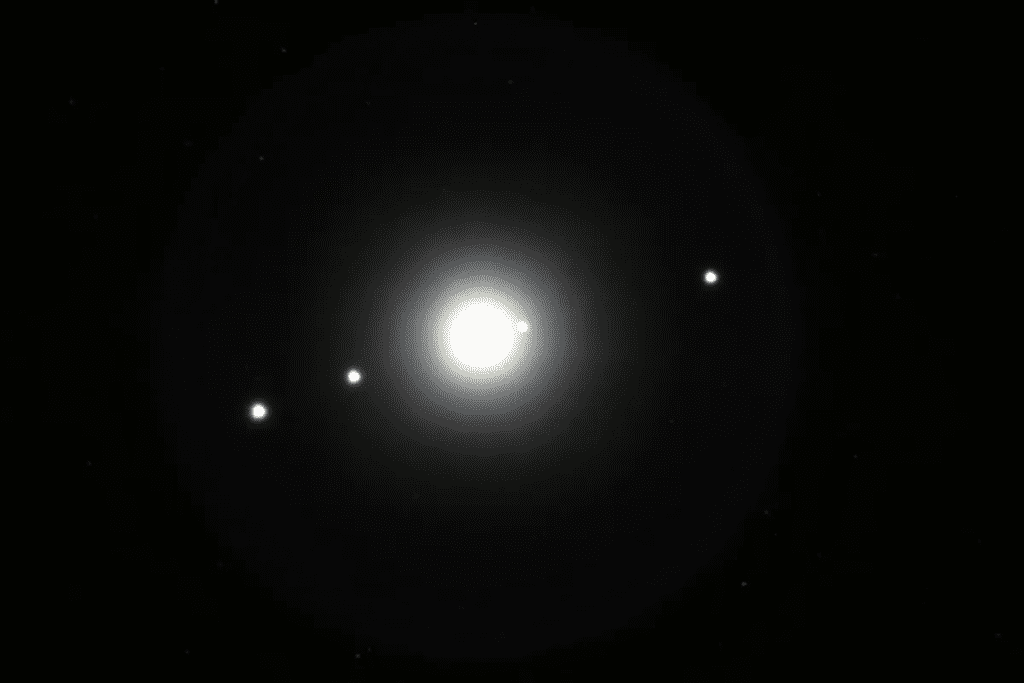
These factors include:
1. Light Pollution
Light pollution, caused by artificial lights in urban areas, can significantly reduce your ability to observe celestial objects. To maximize your experience, try to find a location away from city lights, such as a dark sky reserve or a remote rural area.
2. Weather Conditions
Ireland’s weather can be unpredictable, so keep an eye on the weather forecast. Clear skies are essential for planet-watching. Cloud cover can obstruct your view, so plan your observations on nights with minimal cloud cover.
3. Planetary Alignment
The position of the planets in the night sky varies throughout the year. Some planets may be close to the Sun, making them difficult to observe, while others may be at their best visibility. Understanding these alignments is crucial for successful planet-watching.
4. Equipment
While many planets are visible with the naked eye, using binoculars or a telescope can enhance your experience. If you’re serious about planetary observation, consider investing in a good quality telescope.
Now, let’s explore the best times to observe each of the planets.
Mercury and Venus: The Inferior Planets
Mercury and Venus are known as the inferior planets because they orbit closer to the Sun than Earth. This proximity to the Sun makes them challenging to observe, as they are often lost in its glare. However, they can still be spotted under the right conditions.
Mercury
Mercury is the trickier of the two to observe due to its proximity to the Sun. It alternates between being an “evening star” and a “morning star” throughout the year. To catch a glimpse of Mercury:
- Look for it in the evening sky shortly after sunset when it’s an “evening star.”
- Alternatively, observe it in the morning sky just before sunrise when it’s a “morning star.”
- Try to spot it on the western horizon after sunset or the eastern horizon before sunrise.
- Look for Mercury when it reaches its greatest eastern or western elongation, which is the farthest it appears from the Sun.
Venus
Venus is often called the “Evening Star” or the “Morning Star” because it’s one of the brightest objects in the sky and is visible shortly after sunset or just before sunrise. To observe Venus:
- Look for it in the western sky after sunset when it’s the “Evening Star.”
- Alternatively, spot it in the eastern sky just before sunrise when it’s the “Morning Star.”
- Venus is bright enough to be visible even in urban areas with some light pollution.
Mars: The Red Planet
Mars, known as the “Red Planet” due to its reddish appearance, is a favorite target for amateur astronomers. It can be observed without a telescope, but a telescope will reveal more details, such as its polar ice caps and surface features.
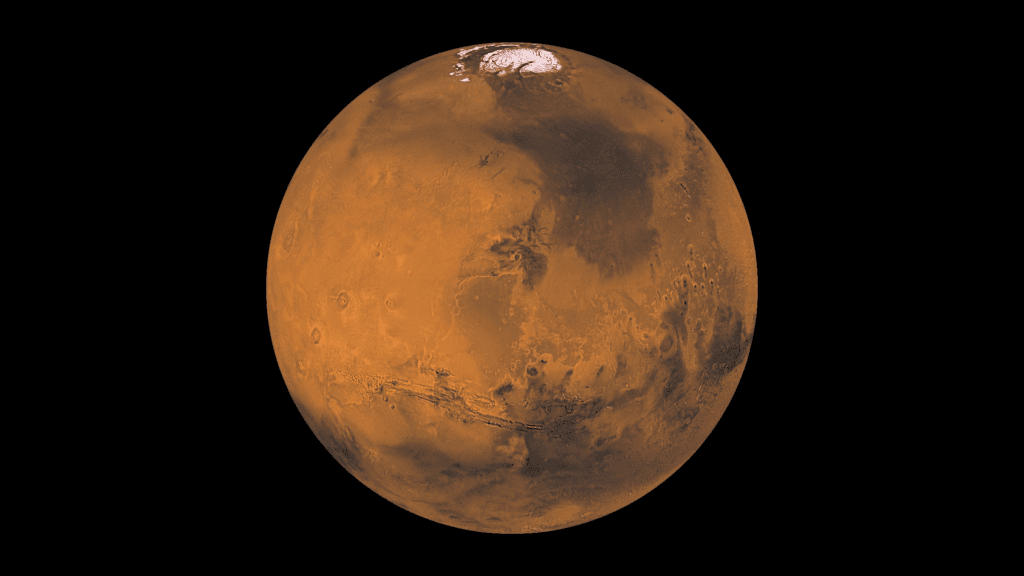
Opposition
The best time to observe Mars is during opposition, when it is directly opposite the Sun in the sky. At this point, Mars is at its closest approach to Earth, making it appear larger and brighter. Oppositions of Mars occur approximately every 26 months.
During opposition:
- Mars will be visible all night, rising in the east as the Sun sets in the west.
- Look for its distinct reddish hue.
- Use binoculars or a telescope to observe Mars’ surface features and polar ice caps in more detail.
Jupiter: The Giant of the Solar System
Jupiter, the largest planet in our solar system, is a magnificent sight in the night sky. It’s known for its bands of clouds and the four largest moons, collectively known as the Galilean moons, which are visible with binoculars or a small telescope.
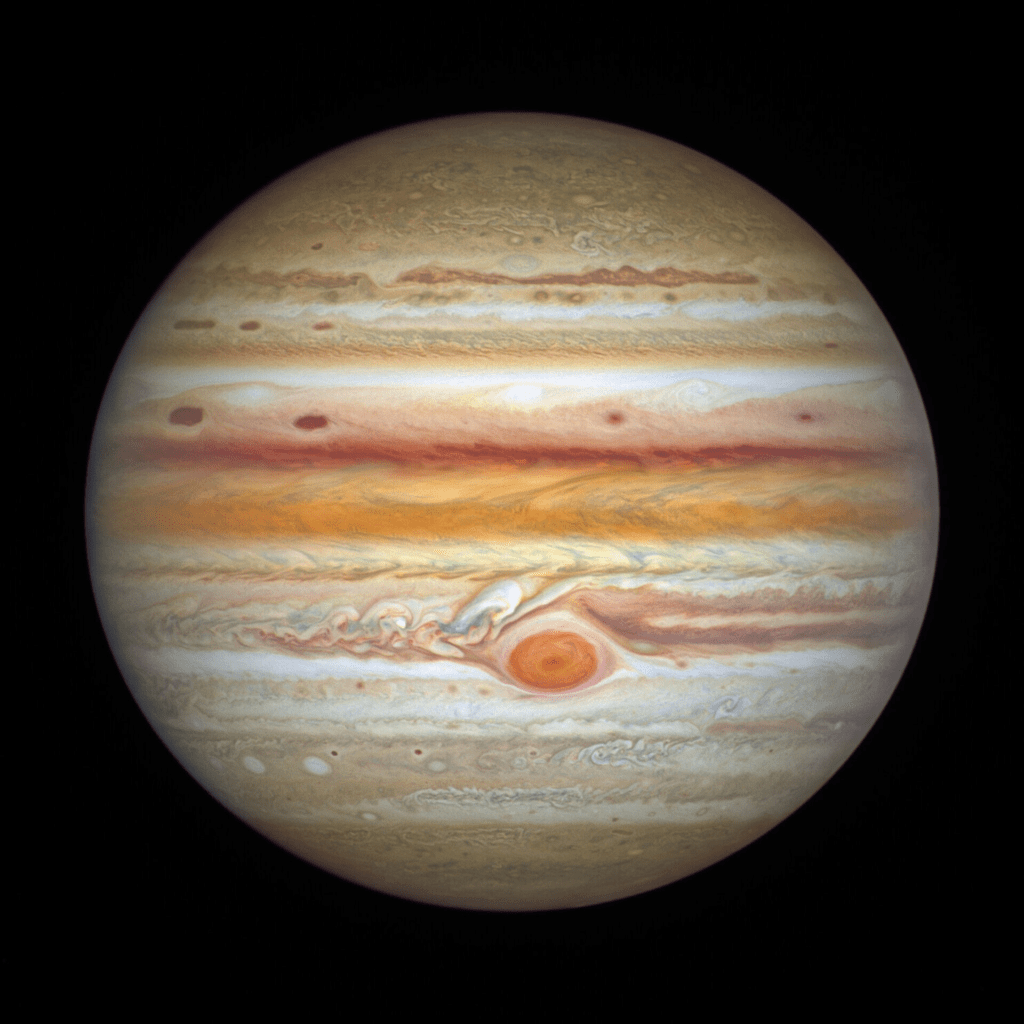
Opposition and Conjunction
Jupiter, like Mars, goes through opposition, but it also goes through conjunctions with the Sun. During opposition:
- Jupiter will be at its brightest and largest.
- Its four largest moons—Io, Europa, Ganymede, and Callisto—will be visible and change their positions night by night.
- Observe the equatorial bands and the Great Red Spot, a massive storm on Jupiter’s surface, with a telescope.
Conjunctions, on the other hand, occur when Jupiter is in line with the Sun and is not visible in the night sky. Avoid attempting to observe Jupiter during conjunction.
Saturn: The Ringed Wonder
Saturn is famous for its stunning ring system, which makes it one of the most captivating objects to observe in the night sky. To observe Saturn:
- Look for it in the night sky when it’s in opposition, as it will be at its brightest.
- Use a telescope to get a clear view of Saturn’s rings and the division between the rings, known as the Cassini Division.
- Saturn’s largest moon, Titan, is also visible with a telescope.
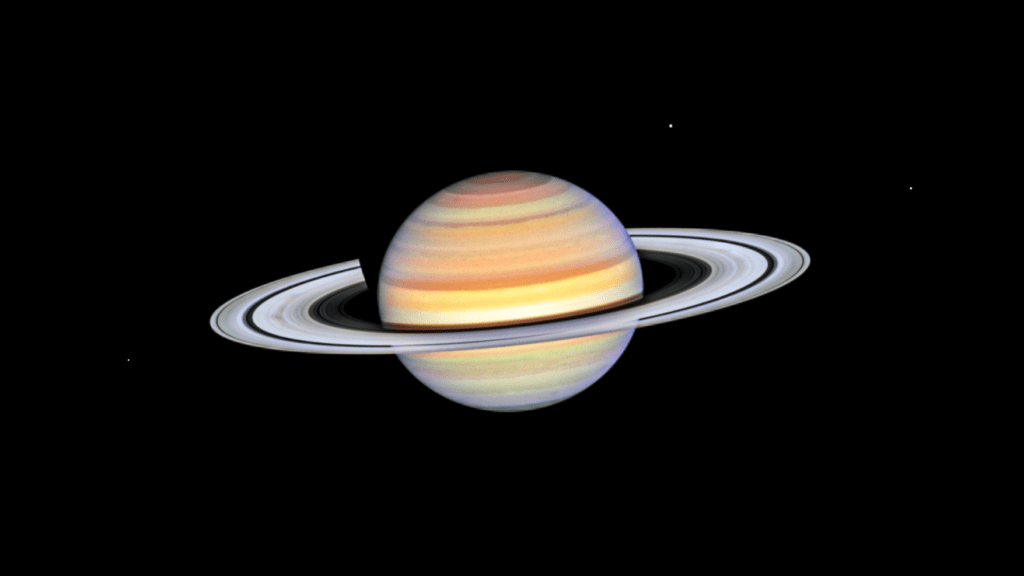
Uranus and Neptune: The Outer Giants
Uranus and Neptune are the outermost planets in our solar system, and they are challenging to observe without a telescope due to their distance and faint appearance.
Uranus
Uranus can be spotted with binoculars or a telescope. To observe Uranus:
- Look for it when it’s in opposition for the best visibility.
- Uranus appears as a faint bluish-green dot in the night sky.
- A telescope will reveal its small, disk-like shape.
Neptune
Neptune is the most distant and challenging of all the planets to observe from Earth. It requires a telescope with significant magnification. To observe Neptune:
- Look for it during opposition, as it will be at its brightest.
- Neptune appears as a small, bluish disk.
- Use a telescope with a high-power eyepiece to observe Neptune’s features, such as its faint banding and moon Triton.
A Celestial Calendar for Planet Watching in Ireland
Now that we’ve covered the basics of how to observe each planet let’s create a celestial calendar for planet watching in Ireland. This calendar highlights the best times to observe each planet in 2024.
January
- Venus is visible as the “Evening Star” shortly after sunset in the western sky.
- Mars is visible in the morning sky before sunrise.
- Jupiter is visible in the evening sky.
February
- Venus continues to be visible in the evening sky.
- Mars is still visible in the morning sky.
- Jupiter remains visible in the evening sky.
March
- Venus continues to dominate the evening sky.
- Mars is still observable in the morning sky.
- Jupiter is visible in the evening sky.
April
- Venus is still shining brightly in the evening sky.
- Mars remains visible in the morning sky.
- Jupiter is visible in the evening sky.
May
- Venus transitions to the morning sky as the “Morning Star.”
- Mars remains visible in the morning sky.
- Jupiter is visible in the evening sky.
June
- Venus is now prominent in the morning sky as the “Morning Star.”
- Mars continues to be visible in the morning sky.
- Jupiter is still observable in the evening sky.
July
- Venus remains a brilliant object in the morning sky.
- Mars is still visible in the morning sky.
- Jupiter is visible in the evening sky.
August
- Venus remains a dazzling sight in the morning sky.
- Mars is observable in the morning sky.
- Jupiter continues to be visible in the evening sky.
September
- Venus remains the “Morning Star” in the morning sky.
- Mars is still observable in the morning sky.
- Jupiter is visible in the evening sky.
October
- Venus remains bright in the morning sky.
- Mars is still visible in the morning sky.
- Jupiter is observable in the evening sky.
November
- Venus is visible as the “Morning Star” in the morning sky.
- Mars remains observable in the morning sky.
- Jupiter continues to be visible in the evening sky.
December
- Venus is still shining brightly as the “Morning Star” in the morning sky.
- Mars remains visible in the morning sky.
- Jupiter is visible in the evening sky.
This celestial calendar provides a guide to the best times for observing the planets in Ireland throughout the year 2024. Keep in mind that planetary visibility may vary slightly due to local factors, so it’s always a good idea to check a reliable stargazing app or website for real-time information.
Tips for Successful Planet Observation
To make the most of your planet-watching experience, consider these tips:
- Dark Sky Locations: Choose dark sky locations away from city lights to minimize light pollution.
- Telescope or Binoculars: While some planets are visible with the naked eye, a telescope or binoculars will enhance your view and allow you to see more details.
- Stargazing Apps: Use stargazing apps on your smartphone or tablet to help locate planets and other celestial objects.
- Patience: Be patient when observing planets. They may not always be visible at their best, and weather conditions can change rapidly.
- Join an Astronomy Club: Consider joining an astronomy club or group in your area. They often organize star parties and offer guidance for novice astronomers.
Observe the Planets from Ireland
Ireland provides a fantastic opportunity for planet-watching throughout the year. With a little planning, patience, and the right equipment, you can observe the planets of our solar system from this beautiful corner of the world. Whether you’re a seasoned astronomer or a beginner, exploring the night sky and its celestial wonders is a truly rewarding experience. So, mark your calendar, prepare your telescope, and get ready for an unforgettable journey through the cosmos right from the Emerald Isle.
Disclaimer: While this guide provides a general overview of planet-watching in Ireland, celestial events and visibility may vary. It’s recommended to consult stargazing apps, websites, or local astronomy clubs for the most up-to-date information on planetary observations.
Additional Resources:
- Irish Astronomical Association – A community of astronomers and stargazers in Ireland offering valuable information and resources.
- Stellarium – A free, open-source planetarium software that helps you locate and identify celestial objects in the night sky.
- SkySafari – A popular stargazing app for mobile devices, providing detailed information on celestial objects and events.
- Dark Sky Finder – An interactive map that helps you find dark sky locations for optimal stargazing.
